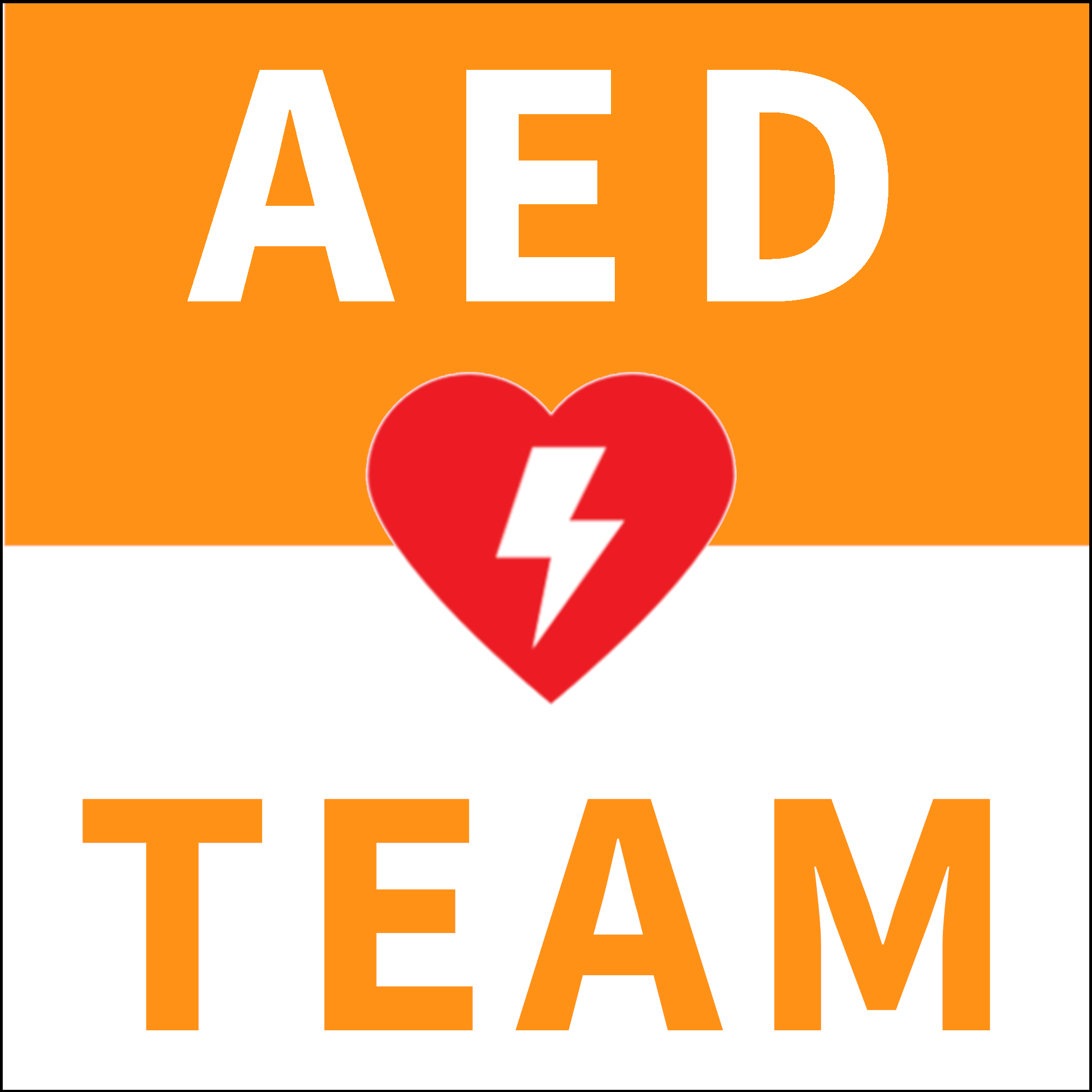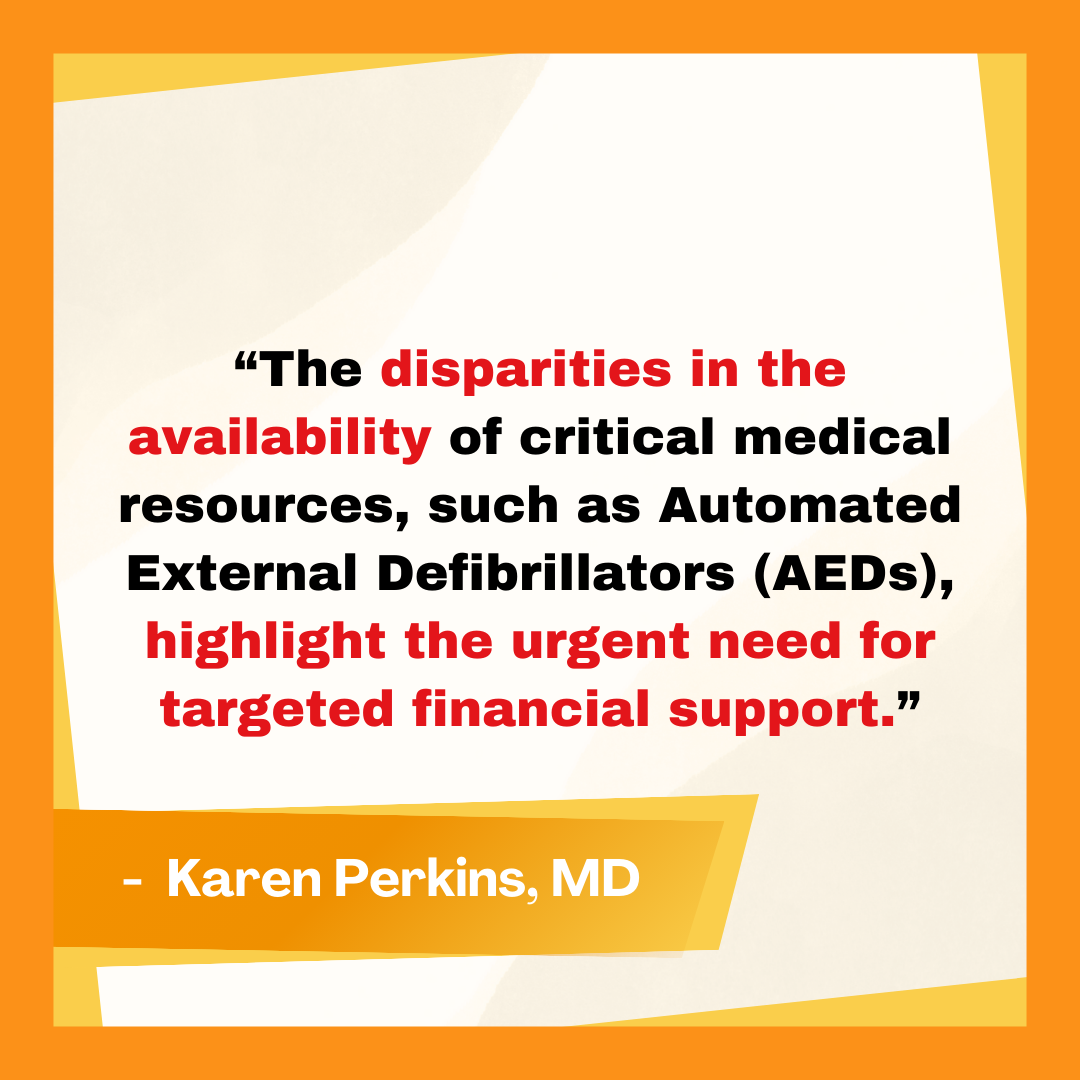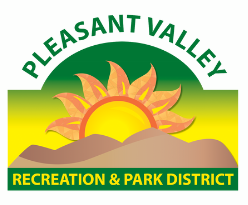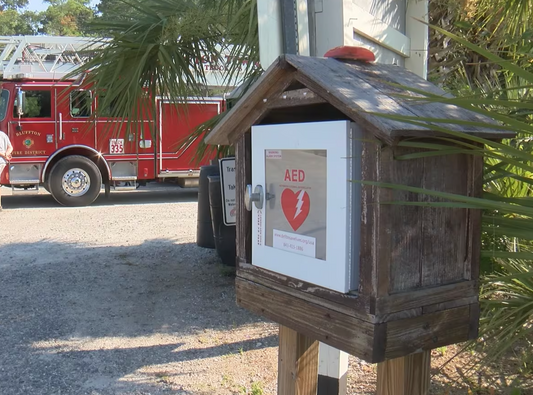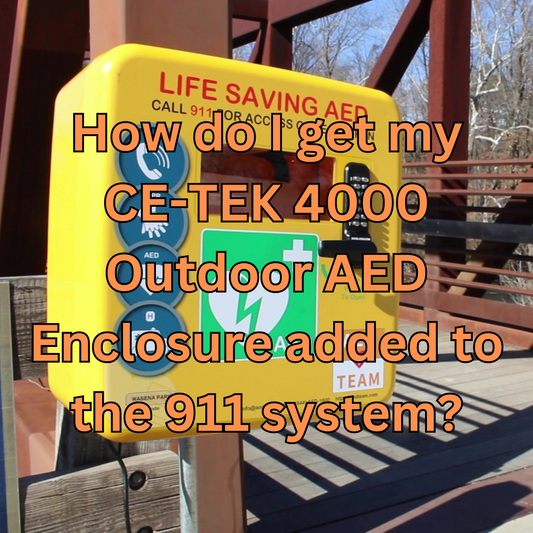by Karen Perkins, MD
Recently, while staying in an Airbnb nestled in a quaint Tasmanian neighborhood, I was struck by the sight of an outdoor Automated External Defibrillator (AED) enclosure stationed prominently near the driveway of just six houses. I found it reassuring that even in this rural area, there was life saving equipment at the ready. However, it was also a stark reminder of the disparity in access to critical medical equipment, especially in under-resourced areas.
The quick deployment of an AED is critical in a cardiac arrest but there exist massive disparities in AED access not only internationally, but in our own backyard. The United States, despite being a global leader in many aspects, has significant inequities in the availability of AEDs, particularly in communities with limited resources.
Increasing access to CPR education and AEDs in underserved communities is the cornerstone of the foundation my partner and I run. In my role as Vice Director and Director of Fundraising of the Compress & Shock Foundation, I have explored many avenues to secure funding for our mission. These include working through the sometimes complicated grant process, and I would like to share some of the key takeaways we’ve gathered throughout these experiences.
Sizing up the right opportunities
Pre-application phone calls and in-person networking are invaluable tools for gaining insider information and understanding the nuances of grant programs.
Engaging in early communication efforts can provide essential insights into the priorities and preferences of funding organizations. Throughout Compress & Shock’s experience working in Virginia, these proactive measures have proven instrumental in shaping our grant-seeking strategy.
In Richmond, VA, for instance, our conversation with a city official revealed valuable background into the city's funding priorities. Despite the stated objectives of certain grants, the official candidly shared that the city primarily allocates funds for emergency projects. This revelation not only saved us valuable time but also underscored the importance of understanding the true funding landscape beyond surface-level descriptions.
Conversely, our engagement with officials in the smaller community of Danville, VA, yielded unexpected opportunities. Initially met with skepticism by the city, our AED placement conversations inadvertently attracted local interest. Subsequent discussions led to a community member (who is a cardiac arrest survivor) stepping forward to champion the cause and submit grant applications in her name. This serves as a poignant reminder of the power of communication in catalyzing grassroots initiatives and fostering community engagement.
It’s crucial to recognize that many grants come with significant restrictions and specifications. Some may have geographic limitations, requiring projects to be located in specific areas or targeting underserved communities.
For instance, the HUD grant we successfully applied for in Roanoke, VA, was explicitly tailored to address the needs of underprivileged communities within the city.
These grants tend to be more “attainable” for smaller foundations than nationwide grants (for example the Coca-Cola Foundation has proven less successful than the Community Foundation of Western Virginia for our organization).
Moreover, navigating grant requirements may entail overcoming additional barriers, such as the need for follow-up research efforts or limitations against funding equipment. In our experience, these constraints posed challenges but also underscored the importance of creative problem-solving and strategic planning in crafting successful grant proposals. by understanding and adapting to each grant program's unique requirements, we can maximize our chances of securing essential funding for AED placements in underserved communities.
Engaging the community throughout the process
After you’ve identified a grant and know you plan to submit an application, it's crucial to engage with the local project managers. Direct communication with individuals within the funding organization provides valuable context for the key components essential for a successful proposal.
For instance, in our interactions with the HUD manager in Roanoke, we discovered specific requirements such as images of the AED installations and evidence demonstrating how the project supports under-resourced communities. These insights proved instrumental in tailoring our proposals to meet the grant criteria effectively.
Through our experience, we've identified commonalities among successful grant applications. Proposals that provide a clear and specific connection to the community tend to be more successful. This includes incorporating articles and specific deliverables that highlight the impact of the project on the community, such as the revitalization of a park supported by local organizations.
Furthermore, securing endorsements or involvement from community leaders strengthens the proposal's credibility. Having someone in the community attach their name to the project or share relevant data adds authenticity and demonstrates local support for the initiative. In particular, project support from local Fire and EMS departments and healthcare providers by way of letters of support add to the grant application by acknowledging the need in the community for more CPR and AED education and AEDs.
In our experience there have been a few messaging strategies for AED proposals that can really help build champions within smaller communities:
- Highlight research findings from scholarly journals indicating the critical role of bystanders in cardiac arrest interventions
- Emphasize studies showing that cardiac arrest outcomes are significantly impacted by the presence of locally placed AEDs and bystander interventions
- Address disparities in survival rates based on race due to lower rates of bystander CPR and unequal access to AEDs, supported by scholarly evidence
- Tell stories of successful implementations already made in the community especially if they resulted in a saved life. Invite local survivors to share a letter of support
Conclusion
The disparities in the availability of critical medical resources, such as Automated External Defibrillators (AEDs), highlight the urgent need for targeted financial support. Securing grant funding is paramount in bridging the gap in AED access, especially in underserved communities.
Key takeaways from our experiences include the importance of early and proactive communication with grant providers, understanding the specific requirements and restrictions of each program, and leveraging community support to strengthen applications. By engaging local stakeholders and demonstrating clear, community-specific impacts, we’ve been able to boost our chances of securing funding for AED placements and CPR education.
About Compress & Shock
The Compress and Shock Foundation is a 501-c-3 non-profit founded in 2017 with the vision of establishing a FREE National Annual CPR and AED Education Day. Each year, we provide chest-compression only CPR and AED education for the public every first Saturday of June and third Sunday of October while using this platform to place AEDs into underserved communities. There is a specific dedication to those communities most adversely affected by cardiac arrest due to race, ethnicity, primary language, or access to healthcare education. To learn more and to apply for this opportunity, please visit our website at www.compressandshock.org
